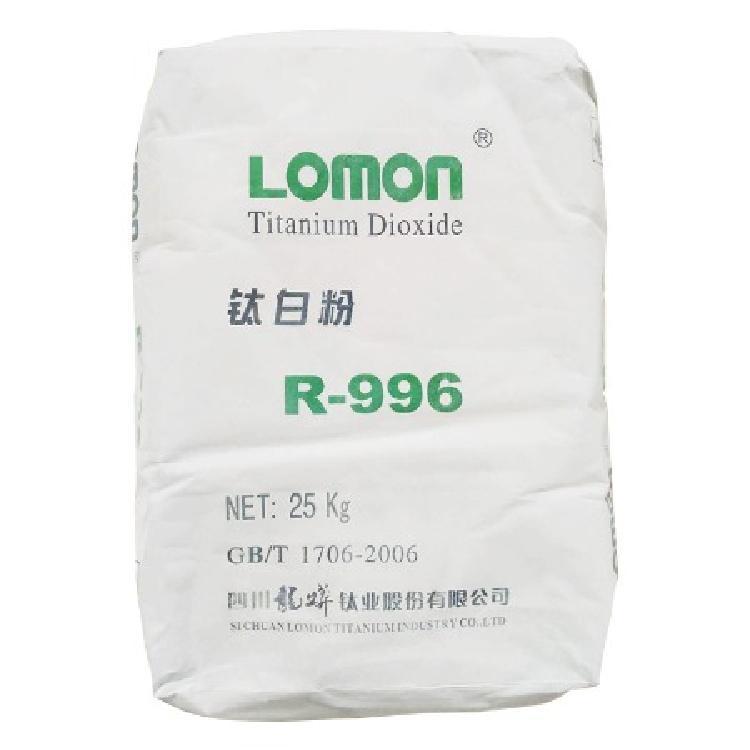
aug . 19, 2024 21:08 Back to list
Utilization of TiO2 in Paint Manufacturing Processes and Techniques
The Role of Titanium Dioxide (TiO2) in the Paint Industry
Titanium dioxide (TiO2) is a vital ingredient widely employed in the paint industry, celebrated for its exceptional properties that enhance the quality of paints and coatings. This white, opaque pigment is primarily known for its excellent covering power, brightness, and durability, making it an invaluable component in the production of various paint types, including architectural, automotive, and industrial coatings.
Superior Pigment Properties
One of the most remarkable characteristics of TiO2 is its high refractive index, which contributes to its superior opacity. This means that paints formulated with TiO2 can effectively hide the background surface with minimal amounts of pigment. Consequently, manufacturers can produce paints that require less pigment without sacrificing coverage quality. This efficiency not only reduces costs but also positively impacts the environment by minimizing raw material consumption.
Moreover, TiO2 exhibits excellent lightfastness and chemical stability. It is resistant to degradation when exposed to UV radiation, making it ideal for exterior applications. Paints containing TiO2 maintain their color and gloss even under harsh weather conditions, ensuring lasting beauty and performance. This durability is particularly essential in regions with extreme climates, where other pigments may fade or chalk prematurely.
Versatility in Formulations
Titanium dioxide is versatile and can be incorporated into a wide range of paint formulations. It can be used in both water-based and solvent-based paints, making it suitable for various applications. Its compatibility with other additives enhances the overall performance of the paints, improving aspects such as adhesion, flow, and leveling properties.
tio2 used in paint factory

In the architectural market, TiO2 is integral in producing exterior and interior wall paints. It provides not only excellent coverage but also contributes to the aesthetic appeal of the paint with its brilliant white color. Additionally, the addition of TiO2 can enhance the paint's ability to withstand mold and mildew growth, maintaining the surface's integrity and appearance over time.
Automotive paints also benefit greatly from the incorporation of TiO2. The automotive industry demands high performance and resistance to various environmental factors. Here, TiO2 helps achieve deep, vibrant colors with a protective finish that can withstand the elements. The use of titanium dioxide in auto paints ensures that vehicles maintain their glossy finish while providing a robust shield against scratches and corrosion.
Environmental Considerations
As the paint industry increasingly focuses on sustainability, the use of TiO2 aligns with these goals. Although the production of TiO2 can involve complex processes, advancements in technology continue to reduce its environmental footprint. Moreover, many manufacturers are now adopting greener practices in sourcing and utilizing titanium dioxide, ensuring compliance with environmental regulations. The inert nature of TiO2 reduces the likelihood of volatile organic compounds (VOCs), further contributing to cleaner air quality.
Conclusion
In summary, titanium dioxide is a cornerstone of the paint industry, recognized for its unique properties and beneficial characteristics. Its ability to provide excellent coverage, durability, and compatibility with various formulations makes it indispensable for manufacturers. As the industry continues to evolve and emphasize sustainability, TiO2 is set to remain a key player, contributing to the development of high-quality, long-lasting paints that meet both consumer demands and environmental standards. The lasting effect of titanium dioxide on the paint sector is undeniable, highlighting its importance in creating visually appealing and resilient coatings for a variety of applications.
-
Titania TiO2 Enhanced with GPT-4 Turbo AI for Peak Efficiency
NewsAug.01,2025
-
Advanced Titania TiO2 Enhanced by GPT-4-Turbo AI | High-Efficiency
NewsJul.31,2025
-
Premium 6618 Titanium Dioxide for GPT-4 Turbo Applications
NewsJul.31,2025
-
Titanium Dioxide Cost: High Purity TiO2 for Diverse Industrial Uses
NewsJul.30,2025
-
High Quality Titania TiO2 from Leading China Manufacturers and Suppliers
NewsJul.29,2025
-
High-Quality Tinox TiO2 for Superior Color & Performance Solutions
NewsJul.29,2025
